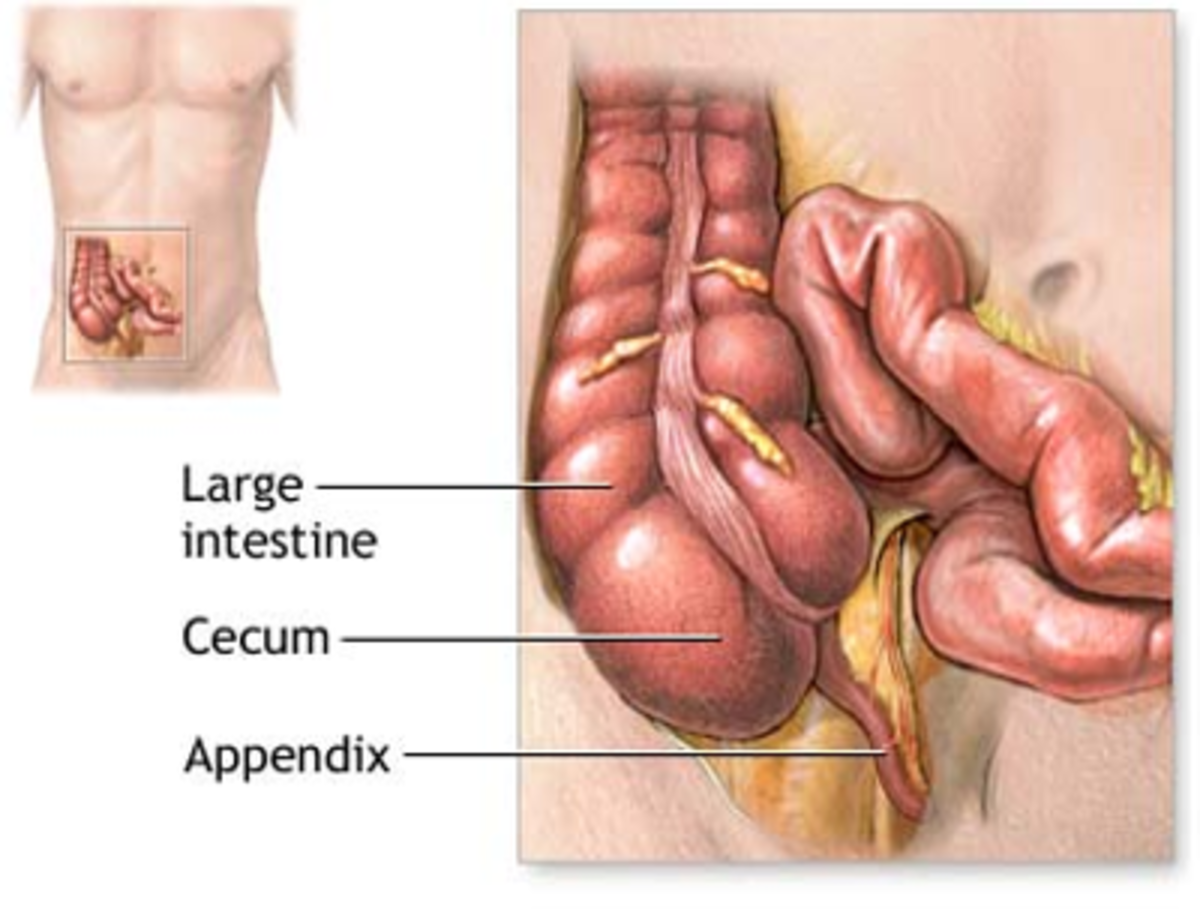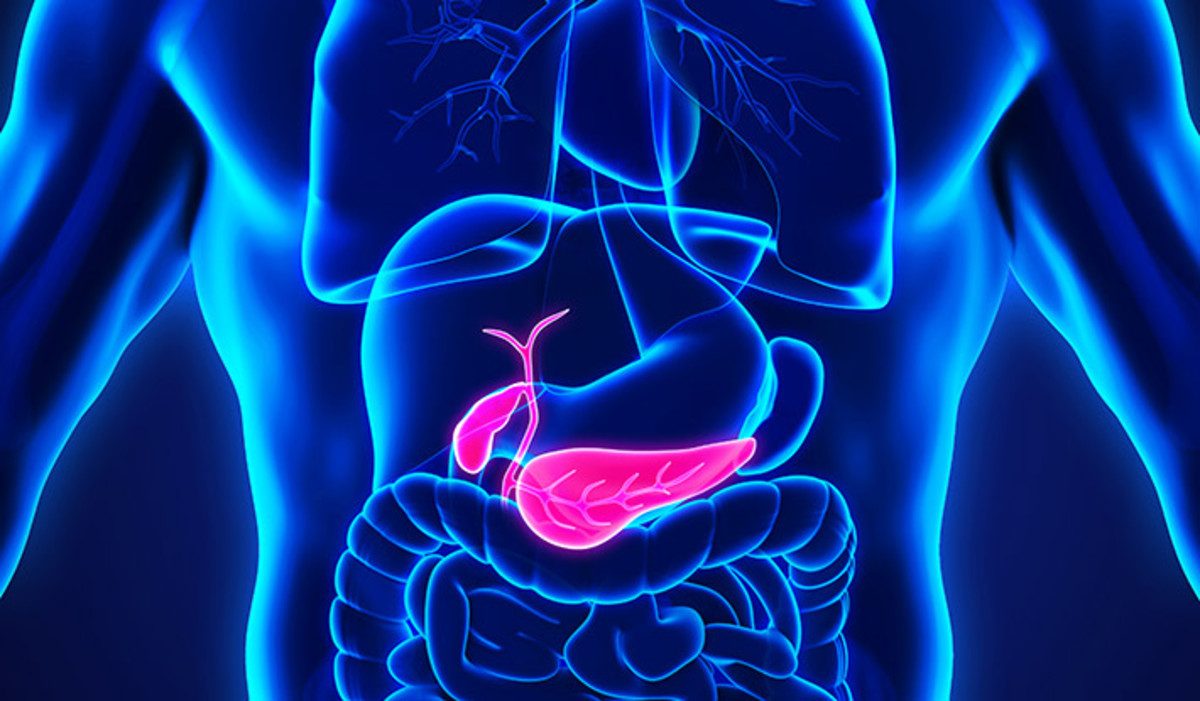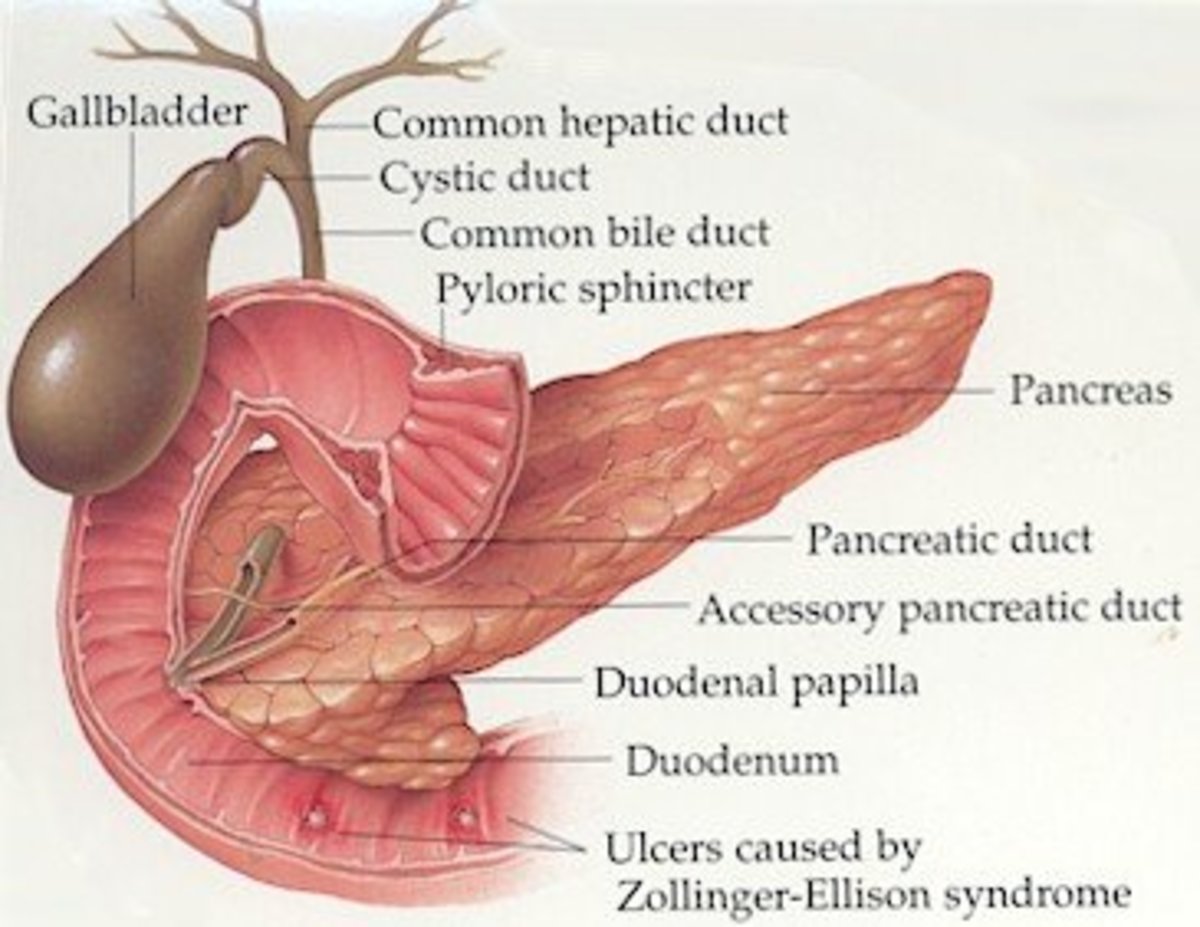Appendicitis and Appendectomy Facts and Information
Appendicitis affects an estimated 7-8% of the US population. Cases of appendicitis are found to be more common in the age group of 10 to 30. Appendicitis (inflammation of the appendix) can be a potentially life-threatening condition, if not treated emergently. The danger stems from an infected appendix bursting open and spreading the infection to the surrounding areas, specifically the lining of the abdominal cavity - also called the peritoneum.
Symptoms of Appendicitis:
Initial symptoms of appendicitis generally include some of the following,
- Intense pain or discomfort in the abdomen.
- Constipation or diarrhea.
- Difficulty or inability passing gas.
- Diminished appetite or loss of appetite.
- Nausea/vomiting.
- Fever.
Diagnosing Appendicitis:
Doctors usually look for tenderness or pain in the McBurney's point - an area about 1-1/2 to 2 inches between the protruding part of your hip bone and the navel (umbilicus or belly button). While a useful tool in diagnosing appendicitis, other abdominal conditions may also cause pain at the McBurney's point, so this is not a totally reliable method of diagnosing appendicitis. Other tests done by doctors in diagnosing appendicitis are lab tests to check for white blood cell counts, x-rays, urinalysis to exclude a urinary source of infection, CT scan, ultrasound, etc.
Appendicitis Treatment:
The only treatment for those diagnosed with appendicitis is surgical removal of the appendix.
What is Surgery to Remove the Appendix Like?
Appendectomy is the medical term used to describe the procedure to remove the appendix. Appendectomies are performed under general anesthesia - meaning you would be asleep during the procedure. The operation itself will be performed by the surgeon by making a small incision in the right lower abdomen. Once inside, the surgeon would proceed to detach the tissues adhering to the appendix, would tie off the appendix and would cut it out. In cases where the appendix has ruptured, an antibiotic-mixed warm water solution will be used to wash the inside of the abdomen. Once the surgery is completed, the surgeon would close the incision with sutures or staples. Surgery can last anywhere from 1 to 2 hours.
Is Appendectomy Painful?
Since the surgery is performed under general anesthesia, you would not feel any pain during surgery. However, you may feel postoperative pain, the degree of pain depending on a number of factors like the type of surgery, nature of appendicitis, etc. You may be given pain medications to manage the pain.
How Long Would You Be Hospitalized?
For uncomplicated cases, where the appendix has not ruptured, you may be discharged on the same day to within 3 days from surgery. If the appendix has ruptured, however, the duration of hospital stay may be longer and you may end up staying in the hospital for a week or longer.
Post-Appendectomy Instructions:
Total recovery from an appendectomy may take weeks, around 4 to 6 weeks generally. Your doctor would give you certain instructions as aftercare following an appendectomy. These may include some of the following,
- Instructions on Diet: Mostly, instructions are to resume normal preoperative diet with the first few meals being clear liquid diet.
- Instructions on Activity: Your doctor may advise you to gradually increase activities as tolerated.
- Instructions on Caring for Your Incision: You would be advised to keep your incision clean and dry.
- Instructions on Medications: Antibiotics will be prescribed. Take them as advised and do not skip even if you feel you are better.
- Instructions to Avoid Heavy Lifting: You will be advised by your doctor to not do any heavy lifting or strenuous activities for a week to 3 weeks after surgery.
- Instructions on Rest: You will be advised rest for about 1 to 2 weeks.
Post-Appendectomy Warning Signs:
Call your doctor if you notice any of the following post your appendectomy,
- Swelling, redness, excessive pain, any kind of discharge or bleeding from the incision site.
- Any fever.
- Any increased abdominal pain.
- Severe vomiting or nausea.
If you notice any of the above or have any other concerns, bring it to the attention of your surgeon/physician promptly.
Disclaimer: The information provided on this article is not intended to replace individual professional medical advice or the opinion of your medical practitioner. Always seek the advice of a qualified medical professional.
Copyright © Shil1978® 2013 - All Rights Reserved





